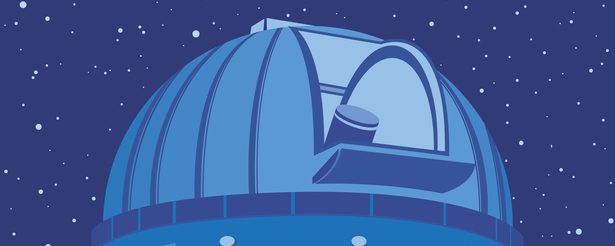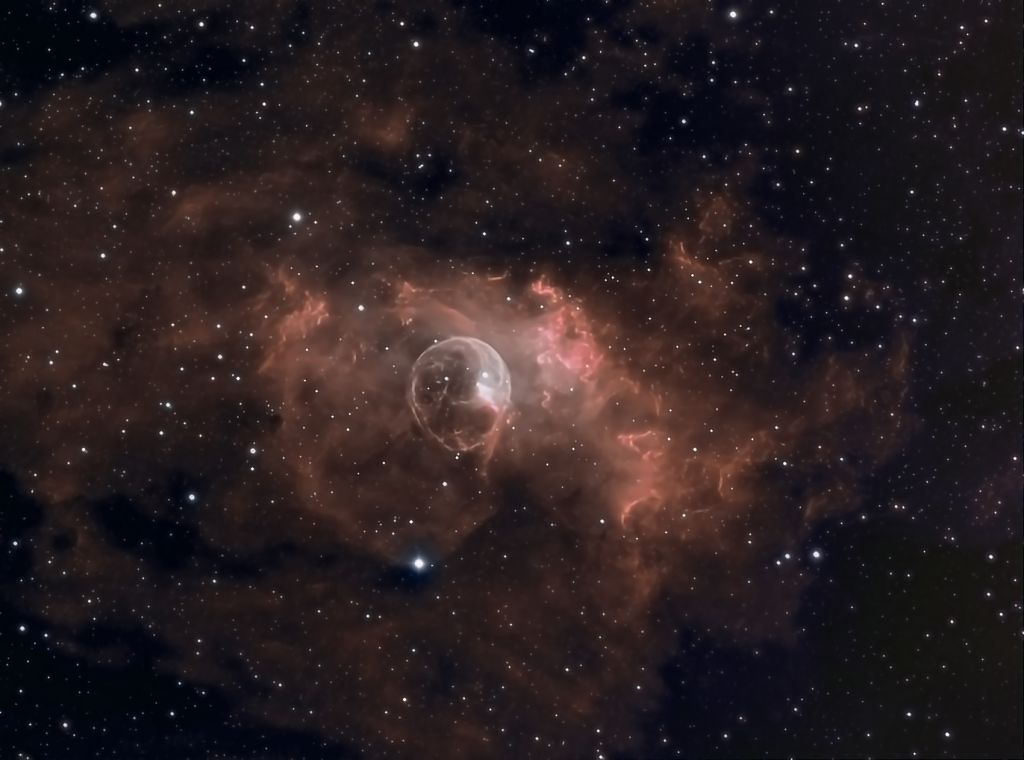
Similar Posts
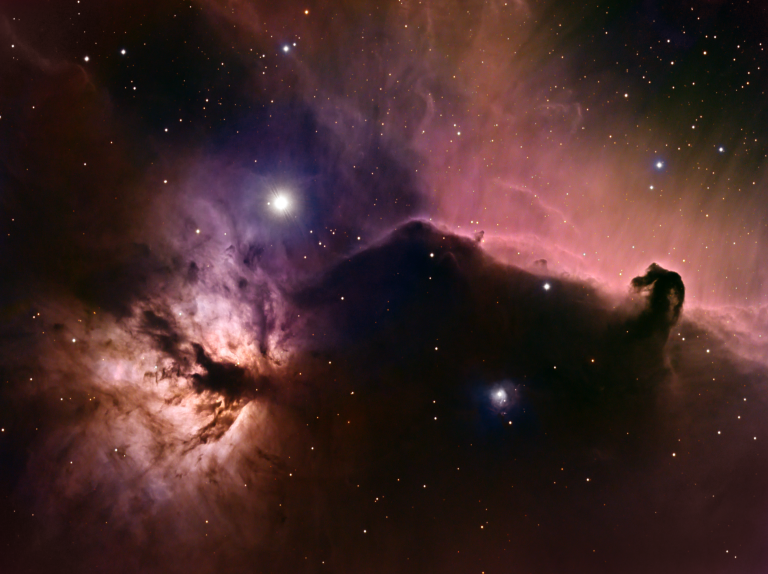
The Horsehead and the Flame
I trained my telescope at this pair of nebulas in Orion for a total of 10 hours. On the right is the iconic Horsehead nebula – actually a dark cloud of gas in front of the illuminated nebula behind it. To the left is the Flame Nebula. In between, in the upper-left, is the bright…

Space Tulip and a Black Hole!
This is the Tulip Nebula in Cygnus, but see that shell-like structure just above it, to the right a little? That’s the bow shock wave of Cygnus X-1, a stellar-mass black hole! It’s one of the most powerful X-ray sources in the sky – but don’t worry, our atmosphere protects you from it. 20 hours…

The Ghost of Cassiopeia
Technically this nebula is called IC63, but its common name “The Ghost of Cassiopeia” seems much more timely, given Halloween is just around the corner! Imaged all night last night, mostly in true colors with some Hydrogen emissions added in to enhance it.
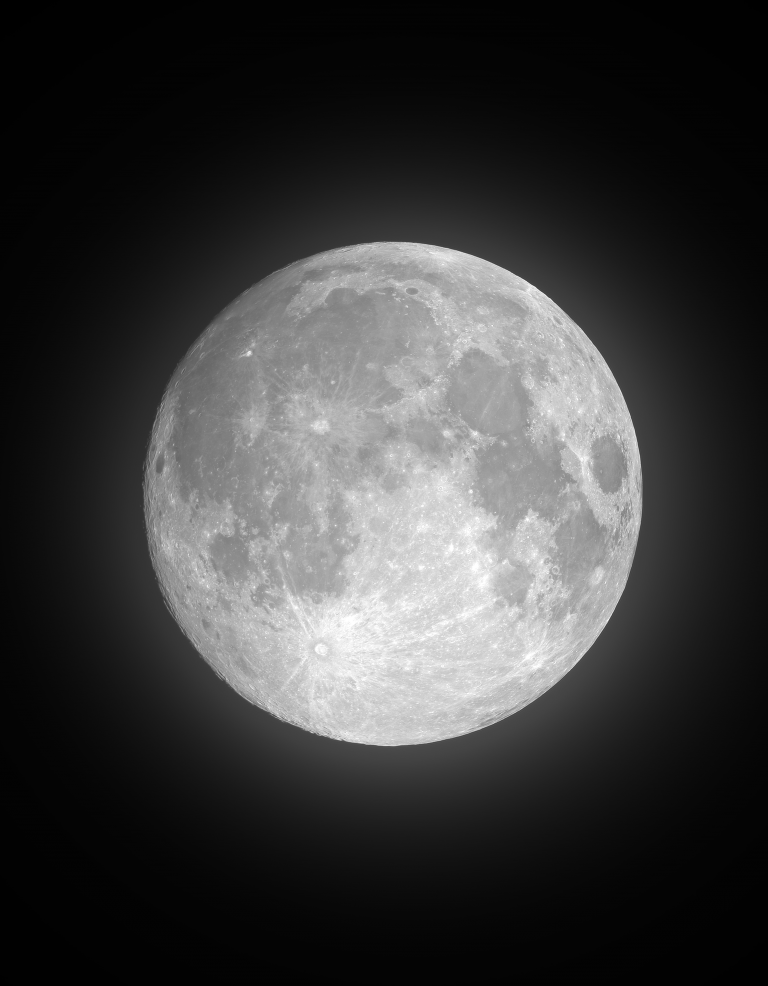
The Moon
Last night was hazy, cloudy, and with an almost-full moon that would wash out anything else I could try to image. So, I imaged the Moon itself. Tried out some new techniques; usually you would use a specialized telescope with a specialized camera and specialized software for shooting the Moon, but I wanted to see…

Cone Nebula
Narrowband image of the cone-shaped absorption nebula in front of the brighter emission nebula in this interesting region of the Christmas Tree Cluster, about 2,700 light-years away.
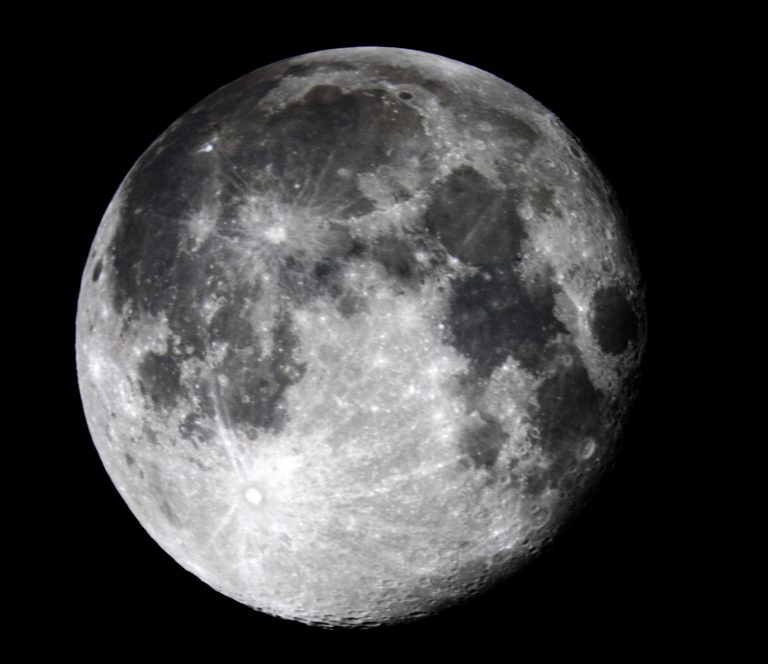
The Moon
A full moon captured with a Canon T6i DSLR.
